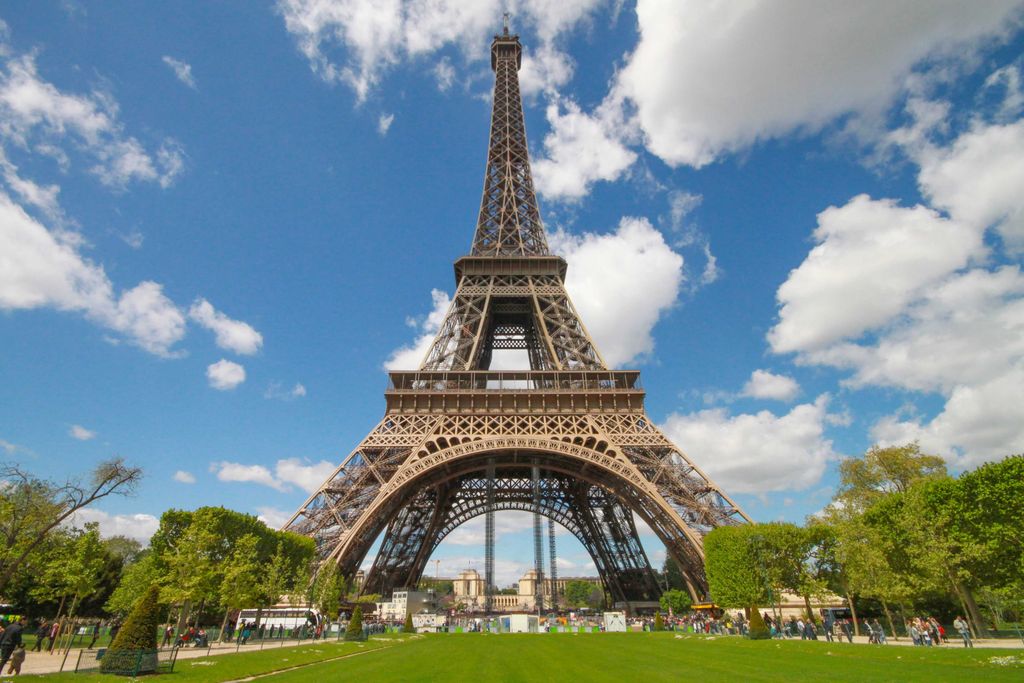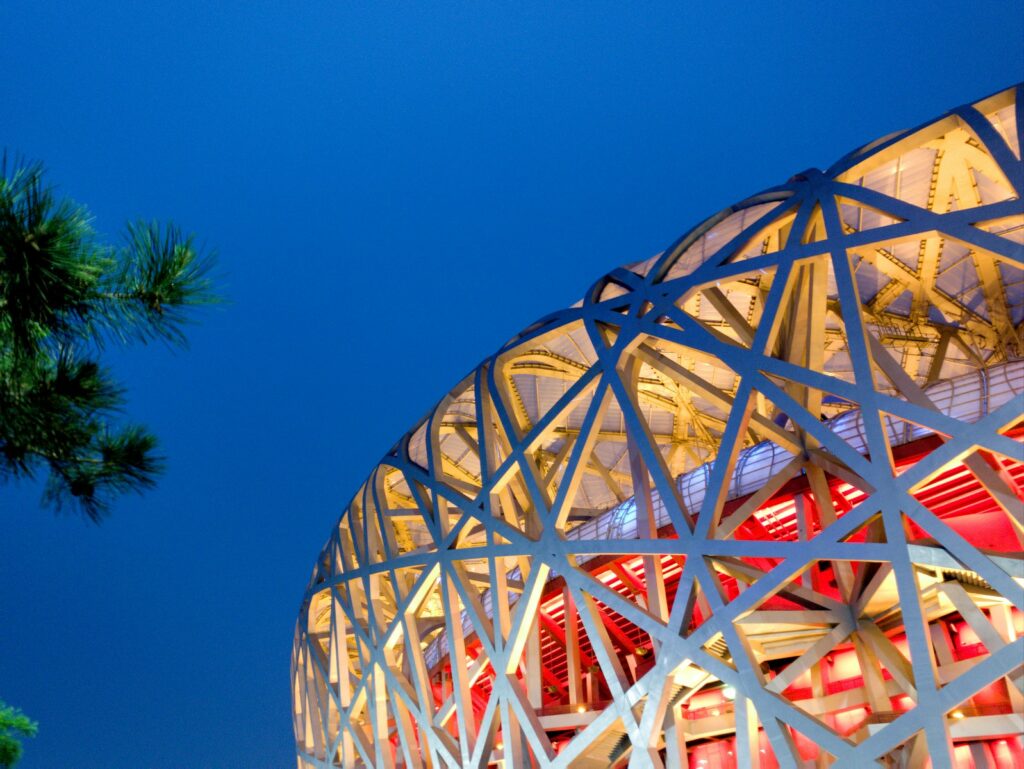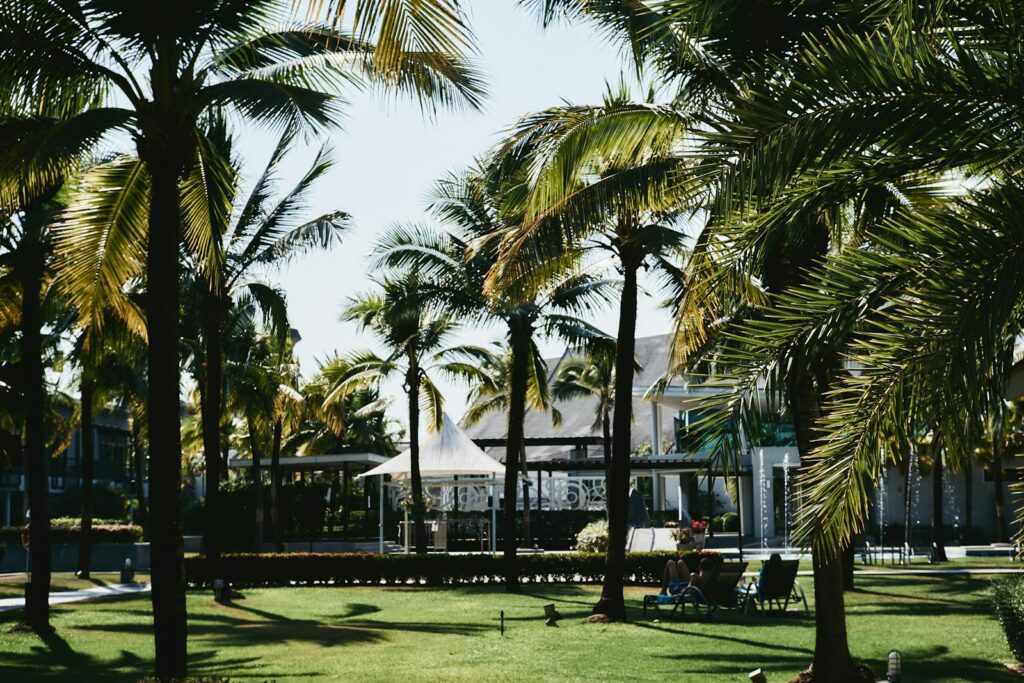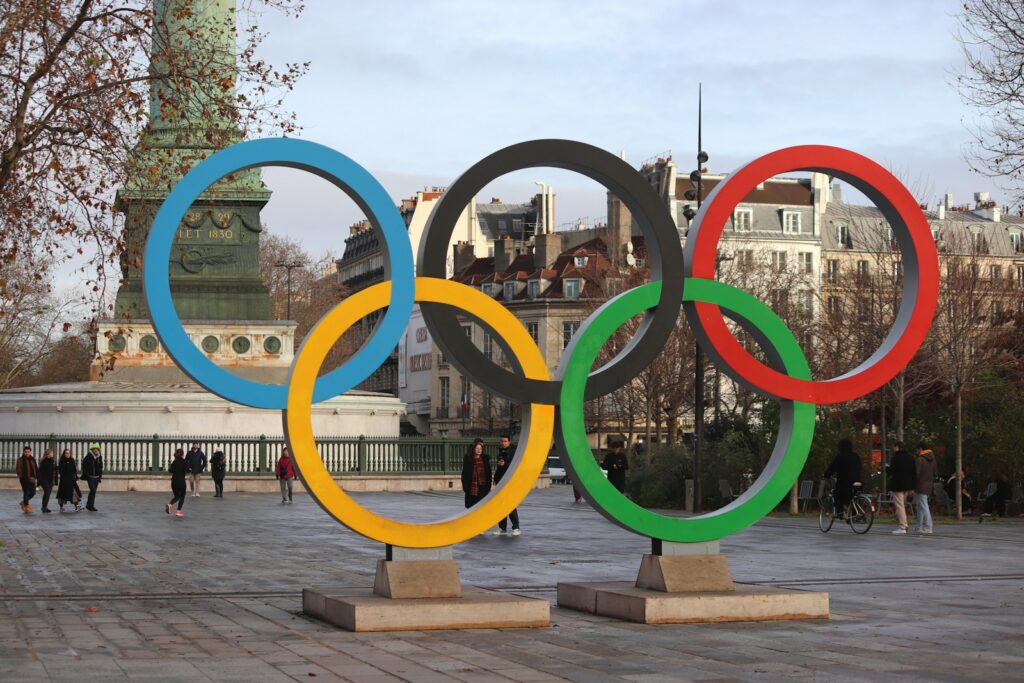
The pursuit of Olympic glory is a testament to human dedication, skill, and an unyielding spirit. While the spotlight often shines on the athletes themselves, the journey to the podium is meticulously crafted within the walls of extraordinary training facilities. These are the unsung heroes of athletic achievement, sophisticated ecosystems designed to push the boundaries of human performance, where every detail, from cutting-edge technology to environmental conditions, is optimized for success.
In the United States, the pathway to Olympic and Paralympic excellence is uniquely supported by a network of world-class training centers and official sites. Unlike many nations with extensive governmental sports funding, the US system relies heavily on a combination of private investment, corporate partnerships, and dedicated local initiatives to equip its athletes. This model necessitates the creation of highly efficient, technologically advanced hubs that can serve a diverse array of sports and thousands of hopefuls annually.
This article embarks on an in-depth exploration of some of the most advanced training facilities across the United States. From high-altitude complexes that enhance endurance to state-of-the-art aquatic venues and specialized centers for precision sports, we will delve into the infrastructure and innovations that empower America’s elite athletes and many international teams to prepare for the arduous demands of global competition, driving them ever closer to their Olympic aspirations.
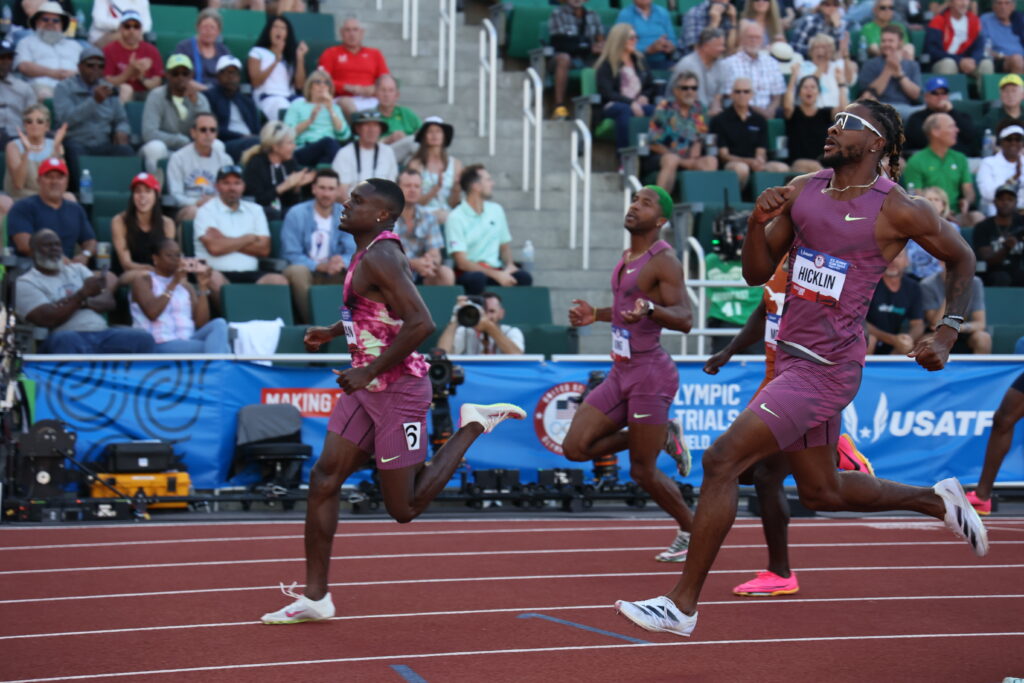
1. **United States Olympic & Paralympic Training Center, Colorado Springs**The Colorado Springs OPTC stands as the foundational cornerstone of the United States Olympic & Paralympic Committee’s (USOPC) training infrastructure. Established as the first of its kind, it has proudly served as the home of the USOPC since 1978, embodying decades of commitment to athletic excellence. Its strategic location was not accidental; the relatively high elevation of Colorado Springs is renowned for its physiological benefits, a natural advantage thought to significantly improve training effectiveness by enhancing an athlete’s red blood cell count and overall endurance.
This sprawling complex is a marvel of athletic engineering, offering an impressive array of facilities tailored to a wide spectrum of Olympic and Paralympic sports. Among its many features are a regulation Olympic-size swimming pool, perfect for aquatic training, and an indoor shooting range designed for precision sports. A unique highlight is the Olympic Training Center Velodrome, a dedicated track cycling arena that provides athletes with a world-class environment to hone their speed and strategy.
Beyond these specialized venues, the center boasts two expansive sports centers, which collectively house numerous gymnasiums and weight rooms equipped with the latest strength and conditioning apparatus. Crucially, the Colorado Springs OPTC also incorporates a sophisticated sports science laboratory, a hub where cutting-edge research and applied science merge to provide athletes and coaches with invaluable performance insights. This scientific approach is seamlessly integrated into every aspect of training, ensuring that athletes benefit from the most current understandings of human physiology and biomechanics.
The comprehensive nature of the Colorado Springs OPTC extends to its athlete support infrastructure, which includes a dedicated athlete center and a spacious dining hall designed to cater to the stringent nutritional needs of elite performers. Multiple dormitories provide comfortable on-site accommodation, fostering a focused and immersive training environment. The center also houses a visitors’ center, reflecting its unique status as the only Olympic training facility in the world open to the general public for tourism, and it is home to the critical offices of both the USOPC and U.S. Paralympics, underscoring its central role in the national sporting landscape. The center hosts the Warrior Games competition each year, further demonstrating its broad impact and commitment to all athletes.
Technology is truly woven throughout the center, playing a pivotal role in optimizing performance, maintaining athlete health, and pushing the boundaries of what’s possible. Force plates embedded in the sprint track offer immediate feedback on foot contact time and the force generated with each step, providing sprinters and coaches with critical data for technique refinement. Divers and gymnasts utilize wearable wrist and ankle bands that generate 3D renderings of their in-air motion and twists, allowing for meticulous analysis of complex maneuvers. For cyclists, connected sensors send real-time riding statistics directly to a heads-up display, enabling immediate adjustments and strategic insights during training. Even seemingly minor details are managed with advanced tech; for long-distance runners, particularly in events where heat levels pose a significant challenge, thermometers shaped like multivitamins are swallowed to accurately measure athletes’ core temperatures, ensuring safe and effective performance in varied climates. Boxers benefit from sensors that meticulously track striking force, the total number of punches, and the overall force applied during a workout, providing objective data for power development and endurance. An anti-gravity treadmill offers a revolutionary approach to rehabilitation and low-impact cardio, enabling workouts at up to 20 percent of an athlete’s body weight. The High Altitude Training Center (HATC) room is a remarkable feature, capable of replicating the environmental conditions of nearly any city worldwide, allowing athletes to pre-acclimate to specific elevation, temperature, and humidity levels they will encounter at future host cities. For swimmers, sophisticated robotic camera systems capture six simultaneous angles of their technique, with video review booths allowing athletes, coaches, and sports scientists to conduct an unparalleled, up-close examination of every stroke and turn. This holistic integration of advanced technology ensures that the approximately 20,000 Olympic hopefuls who pass through Colorado Springs each year receive world-class nutritional, physiological, psychological, and technological support, all geared towards a single objective: going for the gold.
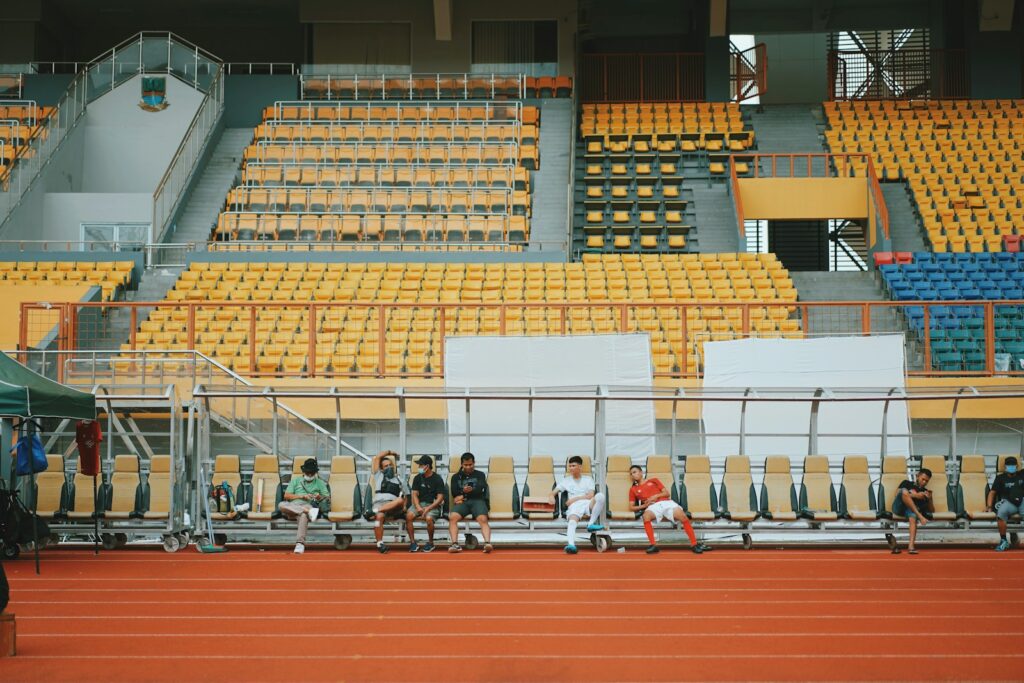
2. **United States Olympic & Paralympic Training Center, Lake Placid**Nestled in the picturesque Adirondack Mountains, the Lake Placid OPTC opened its doors in November 1982, carrying forward the rich legacy of the 1980 Winter Games. This facility stands as a beacon for winter sports athletes, drawing upon the region’s natural cold climate and the infrastructure left from its Olympic past. It represents a vital hub for developing talent in some of the most demanding and specialized winter disciplines, cultivating the next generation of champions in an environment steeped in Olympic history.
The LPOPTC is particularly renowned as the home to four resident sports: Bobsled/Skeleton, Luge, Freestyle Ski, and Biathlon. These sports, which demand a unique blend of speed, precision, and physical courage, benefit from dedicated facilities and expert coaching that are specifically tailored to their rigorous requirements. Athletes in these disciplines often live on-site for extended periods, fully immersing themselves in intense training regimens designed to fine-tune their skills and physical conditioning against the backdrop of world-class tracks and slopes.
While winter sports are a primary focus, the Lake Placid OPTC also frequently hosts athletes from a wide array of other Olympic disciplines, demonstrating its versatility and comprehensive support capabilities. Athletes from boxing, canoe and kayak, judo, rowing, synchronized swimming, taekwondo, team handball, water polo, and wrestling regularly train on site. This diverse usage showcases the center’s ability to adapt its resources and expertise to serve a broad spectrum of athletic needs, making it an invaluable asset for national teams across various seasons.
From intense strength and conditioning sessions to sophisticated technical analysis, the facility provides an all-encompassing environment for elite preparation. The synergy between a storied past and continuous innovation makes the Lake Placid OPTC a truly advanced training ground, inspiring athletes with the spirit of previous Olympic achievements while equipping them with the tools to forge their own legacies. Its unique position as a dual-purpose winter and summer training hub on the East Coast further cements its importance in the broader US Olympic training landscape.
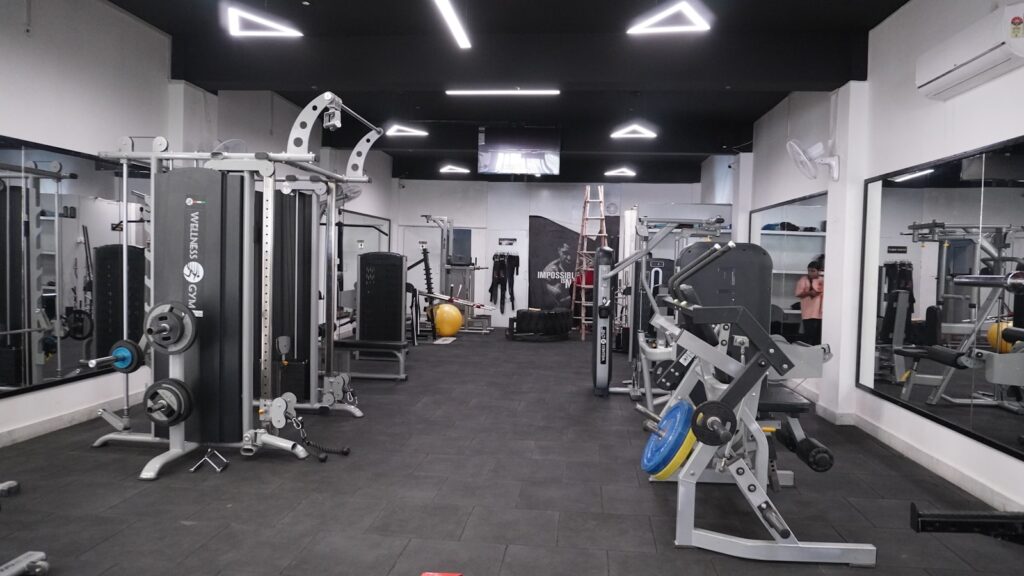
3. **Chula Vista Elite Athlete Training Center (CVEATC)**The Chula Vista Elite Athlete Training Center, located about 7 miles south of San Diego, California, represents a significant evolution in the US Olympic training model. Originally opened in June 1995 as the ARCO Training Center, it served as a third official OPTC until 2017, when ownership was transferred to the City of Chula Vista. This strategic shift reflects the USOPC’s evolving operations strategy, moving away from directly operating all training facilities while maintaining crucial funding for athlete programming at the center through at least 2024. The CVEATC continues to be recognized as an Olympic Training Site, providing world-class resources to athletes and National Governing Bodies.
This expansive 150-acre campus is designed as a performance-oriented environment, providing a comprehensive ecosystem for a diverse range of Olympic and Paralympic sports. Its facilities are specifically tailored to support eight core Olympic disciplines: archery, canoe/kayak, cycling, field hockey, rowing, soccer, softball, and track & field. This multi-sport integration allows for specialized training environments that cater to the unique demands of each sport while fostering a collegiate atmosphere of shared athletic pursuit and excellence among competitors.
Over the years, the CVEATC has continually expanded and enhanced its offerings, adding more facilities to meet the evolving needs of modern athletic training. Notably, beach volleyball courts and a state-of-the-art BMX track were incorporated, broadening the spectrum of sports that can train at an elite level. The center is also a prominent host for major athletic events, including the annual SoCal Showdown, a national-level archery tournament that attracts archers from across the country for multi-day competitions consisting of qualifications and eliminations. Furthermore, it serves as a critical training site for the U.S. men’s and women’s rugby sevens teams, showcasing its adaptability for team-based sports.
The list of elite training assets at CVEATC is extensive, designed to provide every conceivable advantage. Athletes benefit from 297 beds in the on-site resident village, fostering a focused and immersive training experience. The 7,000-square-foot weight room is a hub for strength and conditioning, while the boathouse offers four days a week of exclusive lake access for CVEATC athletes, an invaluable resource for rowing and kayak teams. The campus features five natural grass fields, ideal for field sports, and three advanced BMX supercross tracks. A dedicated field hockey complex is equipped with a video tower for performance analysis, complementing a comprehensive Track and Field Complex that includes a 400-meter track, eight long jump pits, two high jump pits, two pole vault pits, and a throwing field with eleven hammer and discus cages, four shot put rings, and two javelin runways. Additionally, six beach volleyball courts, a tennis complex with two courts and a hitting wall, and a 0.9-mile cycling asphalt loop criterium course further solidify its status as a multifaceted training mecca.
Beyond the physical infrastructure, the CVEATC provides holistic support services critical for elite athletes. A full-service dining hall caters to specific dietary needs, while a dedicated team offers sports medicine, sports performance, and sports therapy services to ensure optimal health and recovery. Team meeting spaces and live video analysis capabilities are integrated throughout, enabling coaches and athletes to meticulously review and refine techniques. Home to over 20 sports and a diversity of teams and athletes across Olympic, Paralympic, professional, collegiate, and international countries, the Chula Vista Elite Athlete Training Center truly embodies its mission to allow athletes to reach their full potential within a world-class, performance-oriented environment.

4. **Utah Olympic Park**Forged in the crucible of the 2002 Winter Olympics held in Salt Lake City, the Utah Olympic Park in Park City stands as a monumental legacy of that global event. This sprawling 389-acre venue, far from being a relic of the past, is vibrantly alive, operating year-round and continuing to function as an active U.S. Olympic Training Center. Its enduring presence underscores the foresight in its design and its ongoing importance as a premier facility for winter sports athletes.
The complex is a veritable playground for winter Olympians, boasting an impressive array of facilities that are both world-class and unique. Central to its offerings are six Nordic ski jumps, ranging in size to accommodate various skill levels and training intensities, providing a crucial environment for ski jumpers to perfect their aerial artistry. Complementing this is a challenging 1,335-meter sliding track, equipped with five distinct start areas, where bobsled, skeleton, and luge athletes push their limits against gravity and ice, achieving speeds that demand absolute precision and courage. Furthermore, a dedicated freestyle aerials winter training and competition hill allows for the development and showcase of acrobatic skiing talents, ensuring that athletes have the optimal conditions to master their breathtaking routines.
One of the most innovative features of the Utah Olympic Park is its colossal 750,000-gallon training pool. This extraordinary aquatic facility is specifically designed for freestyle aerials training, providing a safe and effective environment for skiers to practice their complex flips and twists before taking them to the snow. The pool cushions their landings, minimizing impact and allowing for high-repetition practice necessary for mastering these highly technical maneuvers. During the 2002 Olympic Games, the park famously hosted bobsled, skeleton, luge, and Nordic ski jumping events, and it continues to be an international hotspot for elite athletes seeking top-tier training grounds.
Beyond its indispensable role for top competitors, the Utah Olympic Park ingeniously doubles as a captivating destination for visitors keen to deepen their understanding of winter sports. The Joe Quinney Winter Sports Center, housed within the complex, offers free parking and admission to the Alf Engen Ski Museum and the Eccls 2002 Olympic Winter Games Museum. Here, spectators can immerse themselves in the rich history of skiing, bobsled, and a multitude of other competitive winter disciplines. This dual function as both a rigorous training center and an accessible educational and historical attraction highlights the park’s multifaceted contribution to both athletic development and public engagement.
Read more about: The Most Valuable Treasures in Sports: Unpacking Iconic Trophies and Priceless Memorabilia
5. **OKC National High Performance Center**The Oklahoma River, once an unassuming urban waterway, has been dramatically transformed into a beacon of aquatic athletic excellence, positioning itself as one of the world’s most valuable facilities for rowing and kayak. The emergence of the OKC National High Performance Center has been nothing short of remarkable, providing top-notch facilities that were instrumental in preparing United States rowing and kayak teams for major international competitions, including the 2016 Olympic Games in Rio de Janeiro.
This impressive 33,000-square-foot venue is meticulously designed to cater to the exacting demands of elite water sports. Its core features include a pristine 2,000-meter sprint course, ideal for competitive race simulations and speed training, complemented by two extensive 4,000-meter training courses that allow for sustained endurance work. Inside, the facility is equipped with 50 ergometers, state-of-the-art rowing machines that provide precise data for individual athlete conditioning and performance monitoring, alongside a fleet of 100 boats, ensuring ample resources for team and individual training sessions.
What truly elevates the OKC National High Performance Center to a global standard are its groundbreaking technological advancements. It proudly hosts the world’s first dynamic rowing tank, an innovation that allows athletes to train in a controlled environment with realistic water resistance and feedback, simulating open-water conditions indoors. Further enhancing its advanced capabilities, the center features a high altitude training room, enabling athletes to acclimate to reduced oxygen levels, thereby improving their cardiovascular efficiency and endurance without having to travel to actual high-altitude locations. An indoor propulsion swimming pool adds another layer of versatility, supporting specialized swim training and recovery.
The integration of advanced strength and conditioning equipment throughout the facility ensures that athletes have access to comprehensive physical preparation. This combination of exceptional waterways, cutting-edge technology, and a commitment to holistic athlete development makes the OKC National High Performance Center not just the premier aquatic venue in the Sooner State but firmly establishes it as one of the finest in the world. It stands as a testament to how urban regeneration and visionary investment can create unparalleled opportunities for Olympic hopefuls.
Read more about: From Tweets to Tirades: 13 Celebrities Who Absolutely Tanked Their Own Careers
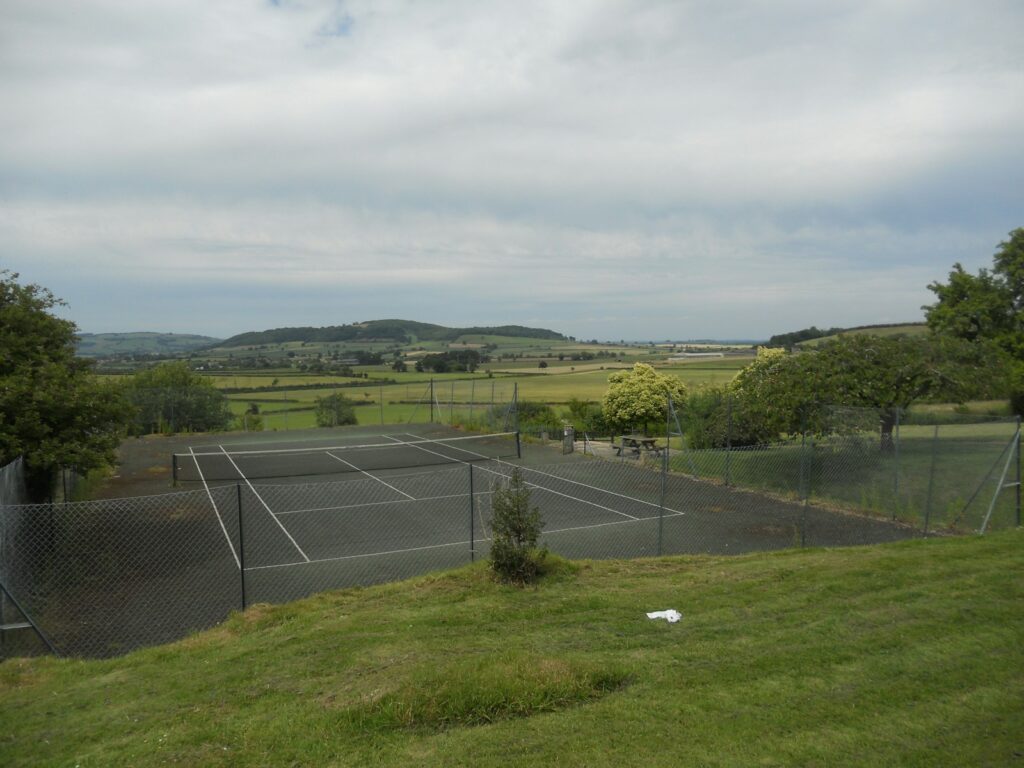
6. **Hill Country Shooting Sports Center**Deep in the heart of the Lone Star State, the Hill Country Shooting Sports Center in Kerrville, Texas, stands as a premier destination for aspiring marksmen. Recognized as an official Olympic Training Site for the United States’ National Shooting teams, this complex offers an unparalleled training environment designed to elevate athletes from high school competitors to international hopefuls. Its commitment to precision and performance makes it an indispensable asset in the journey to the Olympic podium for shooting sports.
The sprawling 140-acre facility provides ample space and a meticulously maintained, full-service shooting range, creating the perfect setting for both rigorous preparation and continuous improvement. The expansive grounds allow for a variety of shooting disciplines to be practiced simultaneously, ensuring that athletes can train across all competitive formats without compromise. The focus here is on creating a distraction-free, high-concentration environment where every shot counts and technique can be perfected under optimal conditions.
More specifically, the center is outfitted with specialized ranges catering to various international shooting sports. It features state-of-the-art setups for International Trap and International Skeet, two Olympic disciplines demanding rapid reflexes and pinpoint accuracy. Beyond Olympic preparations, the facility also hosts National Sporting Clays Association (NSCA) and charity Sporting Clay tournaments, providing additional competitive experience. For general use, a 25-yard public pistol range is available, reflecting the center’s broad appeal within the shooting community.
Complementing its world-class ranges, the Hill Country Shooting Sports Center offers a range of amenities that enhance the overall training experience. A welcoming clubhouse provides a space for athletes and coaches to review performance, strategize, and relax, fostering a sense of community. The presence of a pro shop ensures that athletes have immediate access to necessary equipment, ammunition, and expert advice. This impressive combination of extensive facilities, specialized ranges, and supportive infrastructure firmly establishes it as one of the most impressive shooting venues in America, a true hub for cultivating champions in the exacting world of marksmanship.
Read more about: The Hidden Cost: 10 Family Minivans That Become Costly Money Pits When Major Maintenance Hits
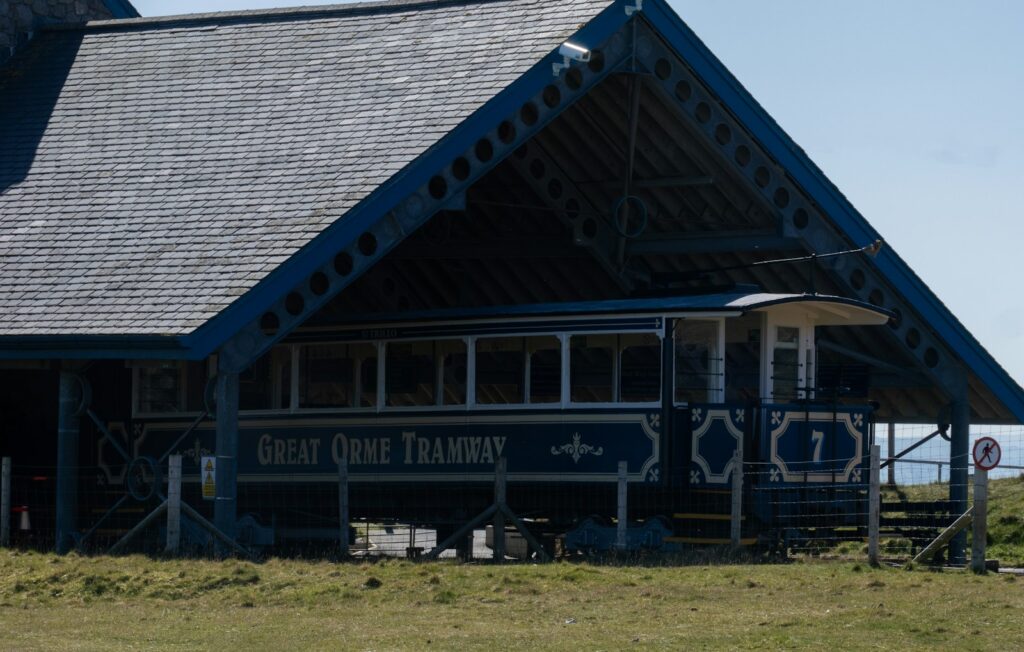
7. **Karolyi Ranch Training Center**For any American Olympic gymnast aspiring to reach the pinnacle of their sport, the Karolyi Ranch Training Center in Huntsville, Texas, approximately 60 miles north of Houston, has long been the undisputed premier destination. Recognized as an official Olympic Training Site since 2011, this ranch embodies a legacy of gymnastic excellence and provides an immersive environment specifically engineered for the intense demands of elite gymnastics training. It is here that raw talent is forged into Olympic-caliber skill, fueled by world-class facilities and expert guidance.
Designed to be a self-contained haven for gymnasts, the Karolyi complex boasts an impressive array of facilities that cater to every aspect of an athlete’s development and well-being. At its heart are three separate, state-of-the-art training gyms, each equipped with specialized apparatus and resilient flooring necessary for the myriad disciplines within gymnastics. Supporting the physical demands are two dedicated medical rooms, ensuring immediate access to care for injuries or preventative treatments. For accommodation, the ranch offers four motels, two staff houses, and 14 individual cabins, alongside a clubhouse and a cafeteria, providing a comprehensive living and training ecosystem that can comfortably accommodate up to 115 participants at any given time.
Programs spearheaded at the Karolyi complex are extensive, covering the full breadth of gymnastics. These include rigorous training for Women’s Artistic Gymnastics, Sports Acro, Rhythmic Gymnastics, Tumbling, and Trampoline. In addition to these specialized competitive programs, the ranch also facilitates general gymnastics activities, fostering foundational skills and broader participation. This wide scope ensures that athletes across various disciplines within gymnastics can receive tailored, high-level instruction and practice in a focused environment, allowing them to hone their unique skill sets.
The impact of the Karolyi Ranch Training Center on American gymnastics is profound and far-reaching. Annually, the ranch services an impressive 3,000 American gymnasts and coaches, acting as a crucial developmental pipeline for the sport. Its role extends beyond individual athlete training; it is a vital site for national team camps, technical clinics, and talent identification programs, shaping the future of US gymnastics. This facility, with its deep historical ties to legendary coaches and its modern amenities, remains an essential stronghold in the preparation of gymnasts for their arduous tasks, symbolizing the dedication required to achieve Olympic dreams.
Beyond these established pillars, the American landscape for Olympic and Paralympic preparation extends to a diverse array of specialized centers, each playing a crucial role in honing specific athletic talents. These facilities, ranging from dedicated aquatic venues to state-of-the-art ice arenas, exemplify the depth and breadth of the nation’s commitment to supporting its athletes. They ensure that every discipline, no matter how niche, has access to world-class resources tailored to its unique demands, pushing competitors closer to their Olympic aspirations.
8. **Coconut Grove Sailing Club**Operating out of the stunning Biscayne Bay in Miami, Florida, the renowned Coconut Grove Sailing Club stands as a beacon of excellence for aquatic sports. It has earned its reputation as one of the premier sailing facilities across the entire Southeastern United States, a crucial hub for those aspiring to Olympic glory in sailing. Its strategic location and comprehensive amenities make it an indispensable asset for both elite and developing sailors.
This exceptional venue is meticulously equipped to support high-level competitive sailing. It boasts an impressive 175 helical anchor moorings, ensuring ample and secure docking for various vessels. Additionally, the club provides convenient small craft boat storage, facilitating easy access and maintenance for athletes’ specialized equipment, underscoring its commitment to operational efficiency.
Beyond just storage, the Coconut Grove Sailing Club ensures comprehensive operational support with its 24-hour on-demand launch boat service. Docks are thoughtfully outfitted with essential utilities, including electricity and sanitation pumps, catering to the practical needs of sailors training for extended periods. This attention to detail creates an environment where athletes can focus entirely on their performance, minimizing logistical concerns.
Further enhancing the athlete experience, the club features on-site amenities such as a restaurant and a dedicated banquet room. These spaces not only provide essential nutritional support but also foster community among athletes and coaches. Recognized as an official Olympic Sailing Training Site, CGSC extends its impact by hosting a variety of junior competitions and clinics, including the foundational US Sailing “Learn to Sail” program, nurturing talent from grassroots levels to Olympic hopefuls. As such, Coconut Grove consistently helps both established and youth sailors to refine their skills.

9. **U.S. National Whitewater Center**Located on the Catawba River in Charlotte, North Carolina, the U.S. National Whitewater Center is a monumental testament to adventure and athletic performance. Since opening its doors to the public in 2006, this sprawling 700-acre venue has rapidly become a multifaceted training ground, catering to an impressive array of outdoor and aquatic sports. It serves as a vital facility for aspiring Olympians and recreational enthusiasts alike.
This extraordinary center is recognized as an official Olympic Training Center specifically for whitewater slalom racing, a demanding discipline that tests precision, speed, and endurance. Central to its elite capabilities is the world’s largest and most intricate recirculating artificial whitewater river. This engineering marvel provides an unparalleled environment for athletes to train and compete, making it a popular location for top international aquatic events and drawing competitors from across the globe.
Beyond its primary focus on whitewater disciplines like rafting, kayaking, and canoeing, the U.S. National Whitewater Center offers extensive opportunities for diverse athletic development. The expansive campus is also equipped for land-based and aerial sports, showcasing its remarkable versatility. Athletes can engage in rock climbing, mountain biking, and hiking, providing comprehensive cross-training options essential for elite conditioning.
Moreover, the venue distinguishes itself by hosting exhilarating aerial sports events, expanding the scope of its athletic offerings. Activities such as canyon-crossing, zip-lining, MegaJump free-falling, and canopy touring are available, providing unique training experiences that build courage and agility. This combination of natural beauty and technologically advanced infrastructure firmly establishes it as one of the Tar Heel State’s most technologically-advanced venues, fostering a holistic approach to athletic excellence.
Read more about: Beyond the Crowds: Discovering America’s 14 Most Underrated National Parks for an Unforgettable Adventure
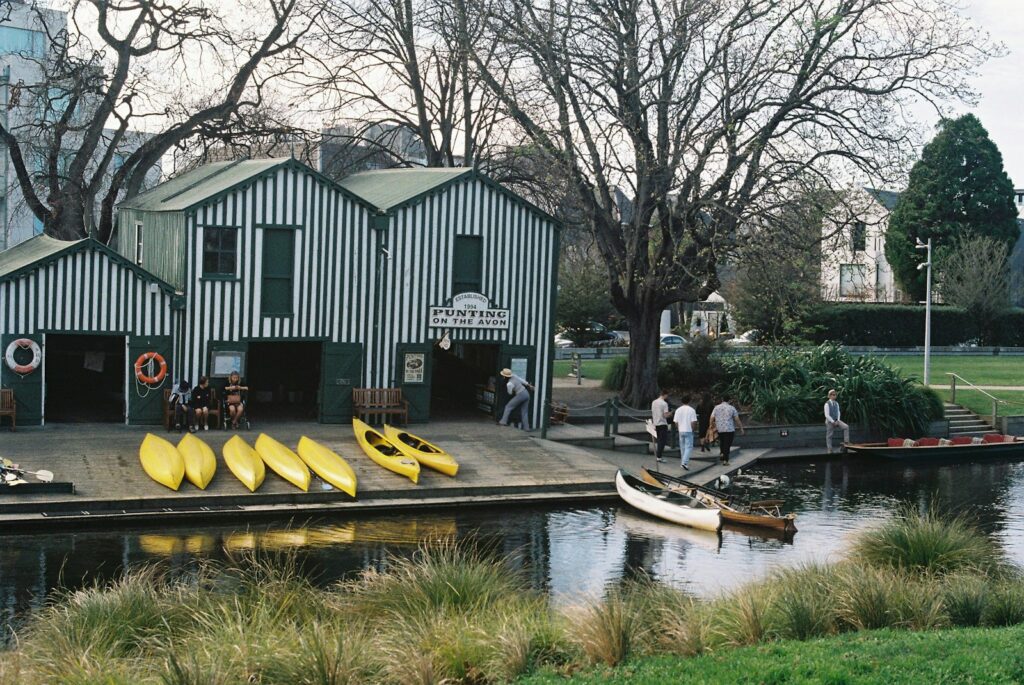
10. **Finn M. W. Caspersen Rowing Center**In West Windsor, New Jersey, the Finn M. W. Caspersen Rowing Center stands as the Garden State’s premier rowing complex, embodying a profound commitment to aquatic athleticism. This esteemed facility serves as a dual home for both the Princeton National Rowing Association and the prestigious U.S. Rowing Olympic Team, solidifying its role as a pivotal hub for the sport. Since its construction in 2003, it has been an official Olympic Training Site since 2007, showcasing its enduring legacy.
The Caspersen Rowing Center is designed with an acute understanding of the exacting needs of elite rowers. It doesn’t merely cater to the top-tier United States National Rowing Team but also provides a robust platform for developing aquatic athletes, fostering growth and education within the sport. This dual mission ensures a pipeline of talent, from novices learning the fundamentals to seasoned competitors refining their Olympic-level skills.
More than just an individual boathouse, the complex encompasses the renowned Mercer Lake Racecourse, a world-class venue that frequently hosts numerous regattas. Notably, it has been the site of U.S. Olympic Team Trials, as recently as 2008, underscoring its capacity for high-stakes competition. This makes it an invaluable proving ground for athletes aiming for the pinnacle of their sport, offering an authentic competitive environment.
The Mercer Lake Racecourse is meticulously appointed with features designed for both competition and spectator engagement. It includes a three-story finish line tower, providing optimal viewing and officiating positions. Ample boat storage facilities ensure logistical ease, while a seven-lane starting platform guarantees fair and efficient race starts. Furthermore, 300 meters of dedicated spectator areas at the finish line allow fans to witness thrilling finishes up close. With its quality boathouse and a world-class race course, the Caspersen Rowing Center has unequivocally set the standard for Olympic training complexes on the East Coast, contributing significantly to national rowing prowess.

11. **Pettit National Ice Center**For speed skaters and ice athletes seeking unparalleled training conditions, the Pettit National Ice Center in Milwaukee, Wisconsin, stands out as one of the world’s foremost frozen facilities. Recognized as an official United States Olympic Training Site, this center provides an expansive 97,000 square feet of meticulously maintained ice surfaces, a testament to its dedication to winter sports excellence. It’s a destination where raw talent can be sculpted into Olympic-caliber skill.
Beyond its vast primary ice sheet, the Pettit National Ice Center is equipped with two international-sized rinks, catering to a broad spectrum of ice-based disciplines, including hockey and figure skating. This versatility ensures that a wide array of athletes can benefit from its world-class infrastructure. The sheer scale and quality of its ice facilities are a critical draw for national and international teams.
Opened on December 31, 1992, this Milwaukee venue proudly boasts one of only 30 indoor, 400-meter speed skating ovals found globally. This unique feature provides speed skaters with an optimal, climate-controlled environment to train year-round, unhindered by external weather conditions. Such a specialized track is crucial for consistent performance development and helps athletes shave precious seconds off their times.
Complementing its exceptional ice facilities, the center offers additional amenities that enhance the training and competitive experience. It features a substantial 2,500-seat capacity, allowing for significant spectator attendance at events. Furthermore, a 443-meter, three-lane rubberized track provides crucial space for off-ice training, conditioning, and warm-ups. Renowned for its rare combination of expansive size and top-notch amenities, the Pettit National Ice Center serves as a vital training ground not only for the American National Team but also for numerous other speed skating teams worldwide.
Read more about: Beyond Borders, Into Your Garage: The Ultimate Enthusiast’s Guide to Importing Classic Cars to the USA
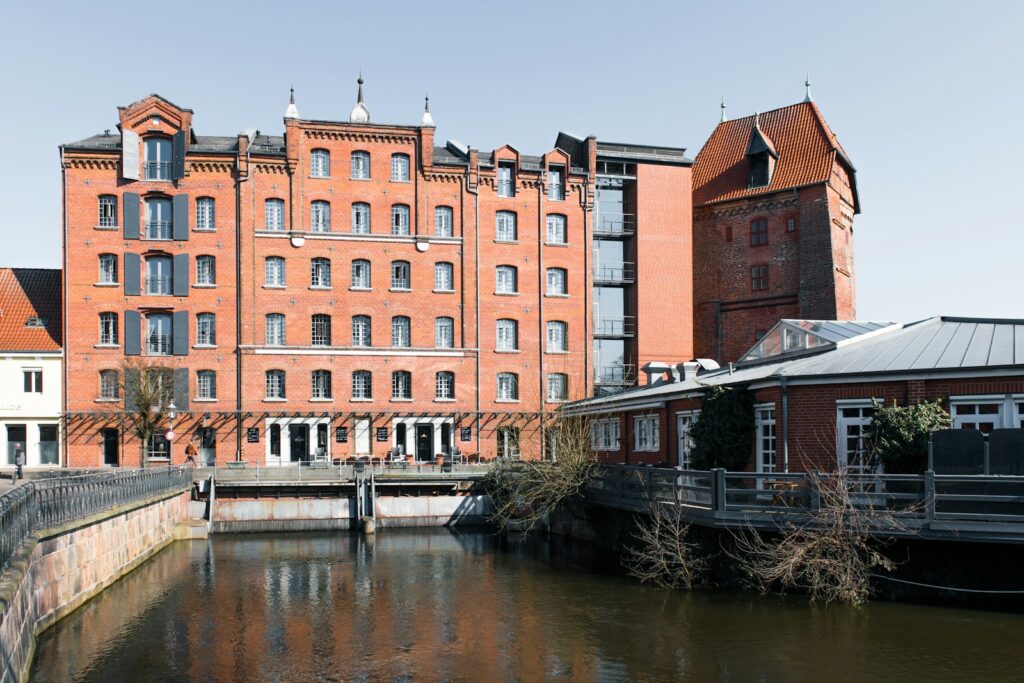
12. **Lakeshore Foundation in Birmingham, Alabama**Lakeshore Foundation in Birmingham, Alabama, holds a distinguished position as an official U.S. Olympic/Paralympic training site, embodying a commitment to fostering elite athletic achievement. This facility is a vital component of the comprehensive network supporting American athletes across a multitude of disciplines. Its existence underscores the dedication to providing world-class environments for both Olympic and Paralympic hopefuls as they pursue their dreams of global competition.
Operating as a key support site within the broader USOPC system, Lakeshore Foundation plays an indispensable role in the development of athletic talent. These specialized facilities are designed to optimize human performance through meticulous preparation and access to cutting-edge resources. The strategic placement of such a center in Birmingham highlights the expansive geographic reach of America’s Olympic and Paralympic training infrastructure.
Athletes who train at official sites like the Lakeshore Foundation benefit from focused programs and a dedicated atmosphere, which are crucial for the intense demands of Olympic-level preparation. While specific athletic programs and unique amenities may vary by location, the overarching mission of these centers remains consistent: to empower athletes with the facilities and expertise required to reach their utmost potential and represent the United States on the international stage.
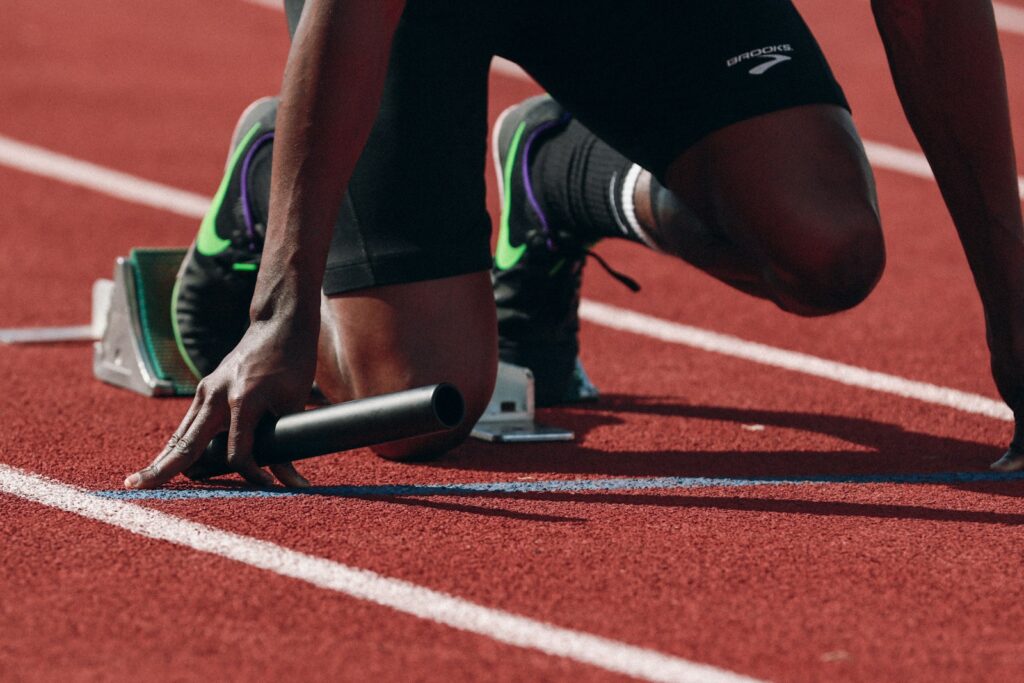
13. **SPIRE Institute and Academy near Geneva, Ohio**Near Geneva, Ohio, the SPIRE Institute and Academy proudly serves as another official U.S. Olympic/Paralympic training site, making a significant contribution to the nation’s athletic prowess. This institution represents a modern approach to athletic development, integrating high-level training with academic and personal growth. As part of the extensive network of USOPC-recognized facilities, SPIRE is crucial for nurturing talent across various sports.
Facilities like the SPIRE Institute and Academy are designed to provide a comprehensive and intensive training environment for aspiring Olympians and Paralympians. They are equipped to handle the rigorous schedules and specialized needs of elite athletes, offering them the focused resources necessary to excel. These sites are pivotal in ensuring that American competitors have access to the infrastructure and support required to compete at the highest global levels.
By operating as an official training site, SPIRE Institute and Academy actively supports the USOPC’s mission to develop world-class athletes. Such centers are more than just venues for physical training; they are ecosystems that offer a blend of physical conditioning, skill refinement, and potentially, academic support, creating well-rounded individuals prepared for the pressures of elite sport. Their contribution is instrumental in shaping the next generation of Olympic and Paralympic champions.
The journey to the Olympics is paved with extraordinary dedication, and the United States’ network of advanced training facilities stands as a testament to this unwavering commitment. From the high-altitude advantages of Colorado Springs to the specialized aquatic arenas, ice speed venues, and comprehensive support sites like those detailed, each facility plays a distinct yet interconnected role. These hubs are not just buildings; they are crucibles where dreams are forged, where talent is refined, and where the relentless pursuit of gold finds its ultimate expression. Through continuous innovation, dedicated coaching, and unparalleled resources, these centers empower athletes to transcend their limits, embodying the very spirit of the Olympic movement and inspiring future generations of champions.

